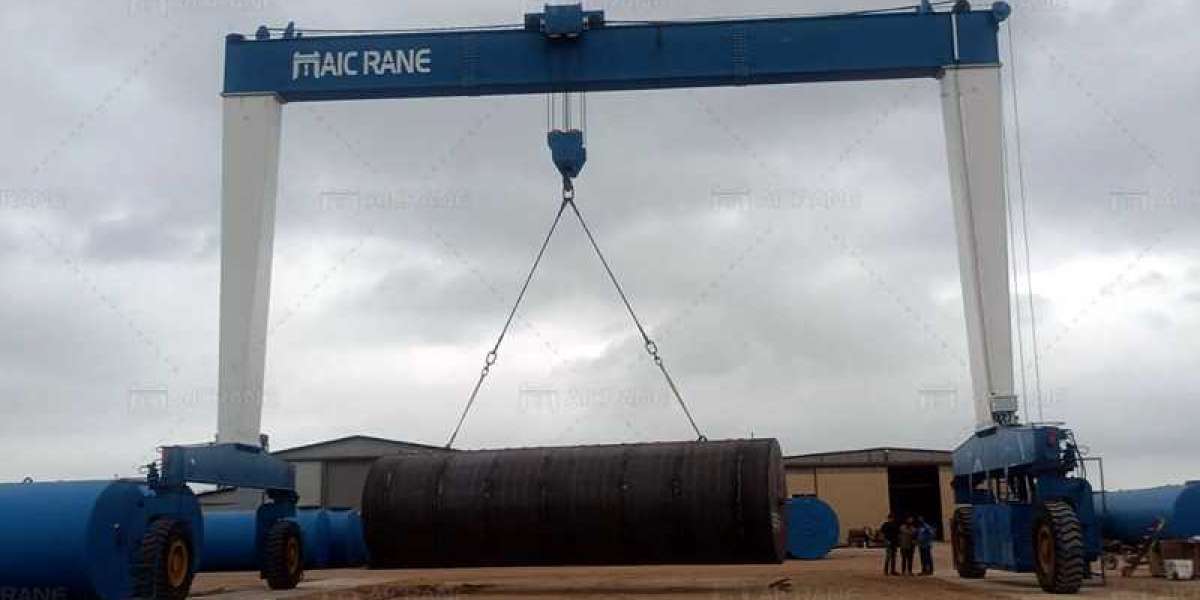Following are the five steps that completes the regression test automation strategy:
1. Streamline regression tests: The overall problem needs to be looked into so that issues related to organization can be solved. The core functionalities that might be impacted by recent releases need to be worked out by regression testing. The key functions need to be properly listed so that layers and levels of changes can be clarified.
2. A clear scope for regression tests needs to be defined: A proper list of regression tests is prepared, based on the work done in the first step and hence needs to be performed accordingly. The most crucial business functions should be ranked first by balancing the frequency of usage and business value. It needs to be ordered based on the frequency of changes, and the least changed parts are being prioritized.
3. Scrutinize measurements, reporting and KPIs: Based on the prioritization matrix, the coverage objectives are computed and are set at different levels over time. First, milestones and vision need to be set, as it needs to be adapted based on the implementation.
KPIs need to be set that are aligned with the regression test performance. They can either be linked with the tests or with your digital product. In order to measure the platform performance, Site Reliability Engineering (SRE) KPIs need to be set.
4. Leverage the incremental process: A known solution can be worked out by the team for test implementation. For example, web tests can be performed by Selenium WebDriver. Test cases need to be implemented to uncover what needs to be addressed.
5. Incorporate automation: Automation of first regression tests is considered to be a viable option. This is because the functions that are being covered are key for your product and should be verified at each release. This will also make the process more reliable and thus obtain quantifiable value.






